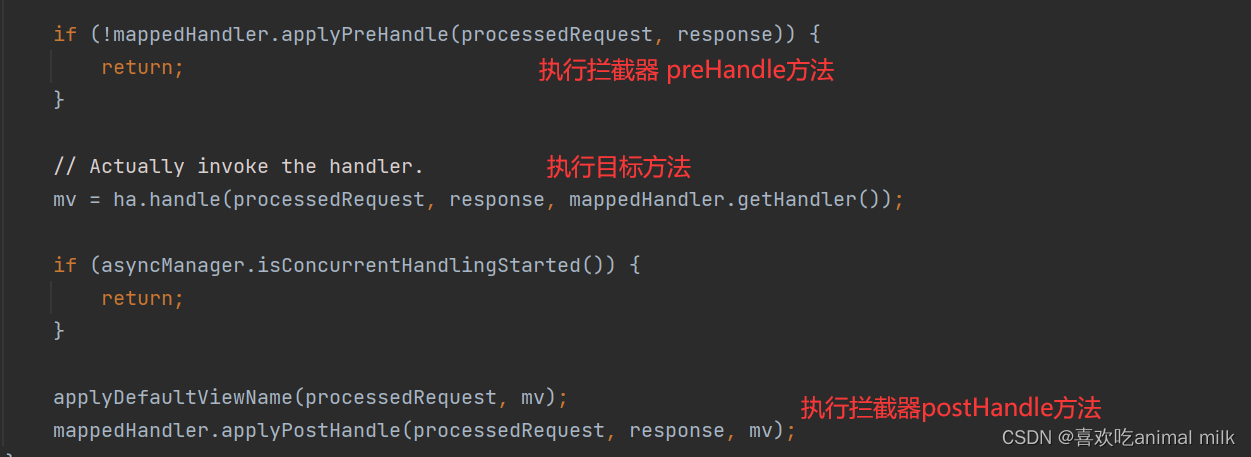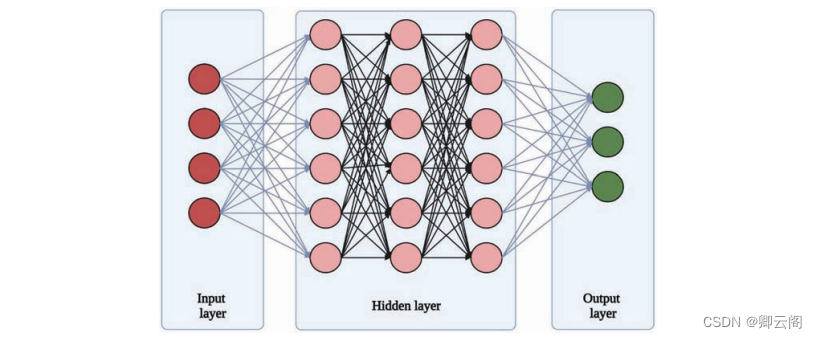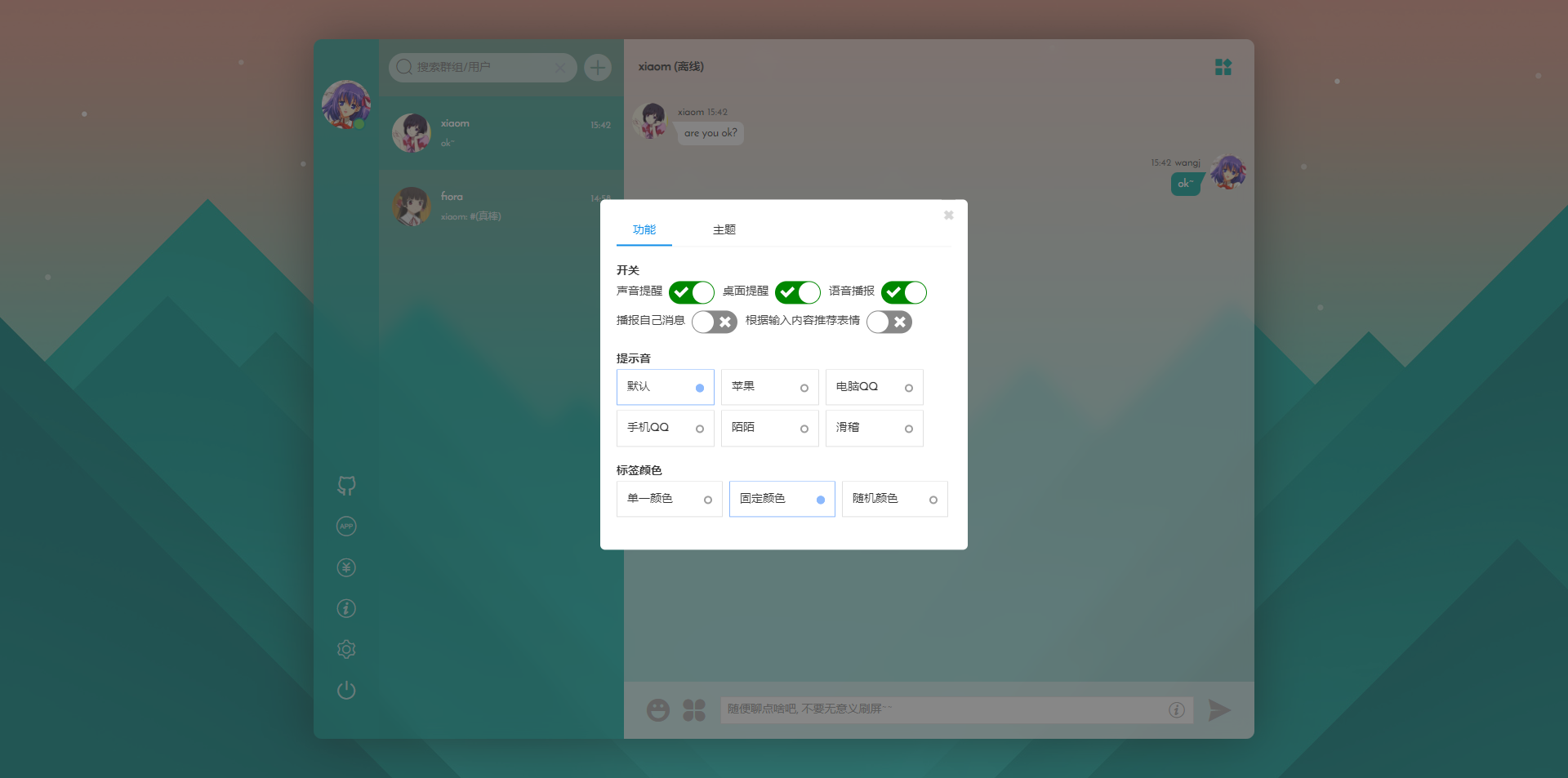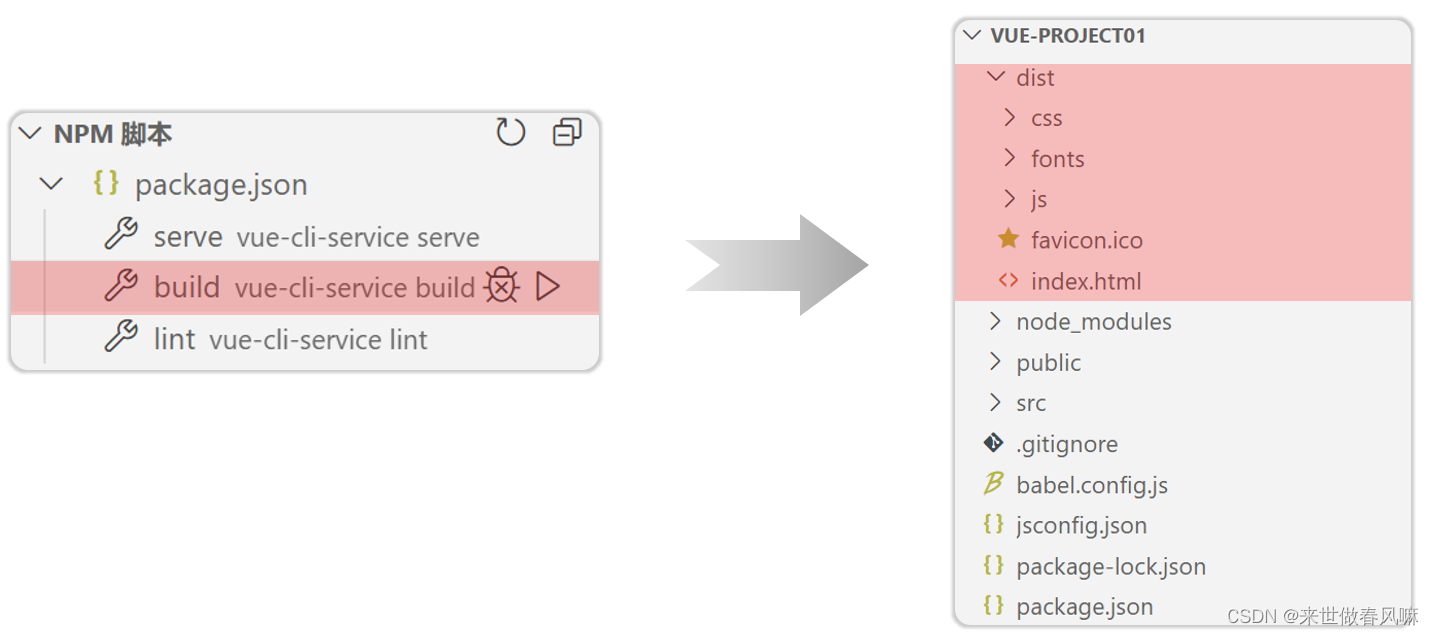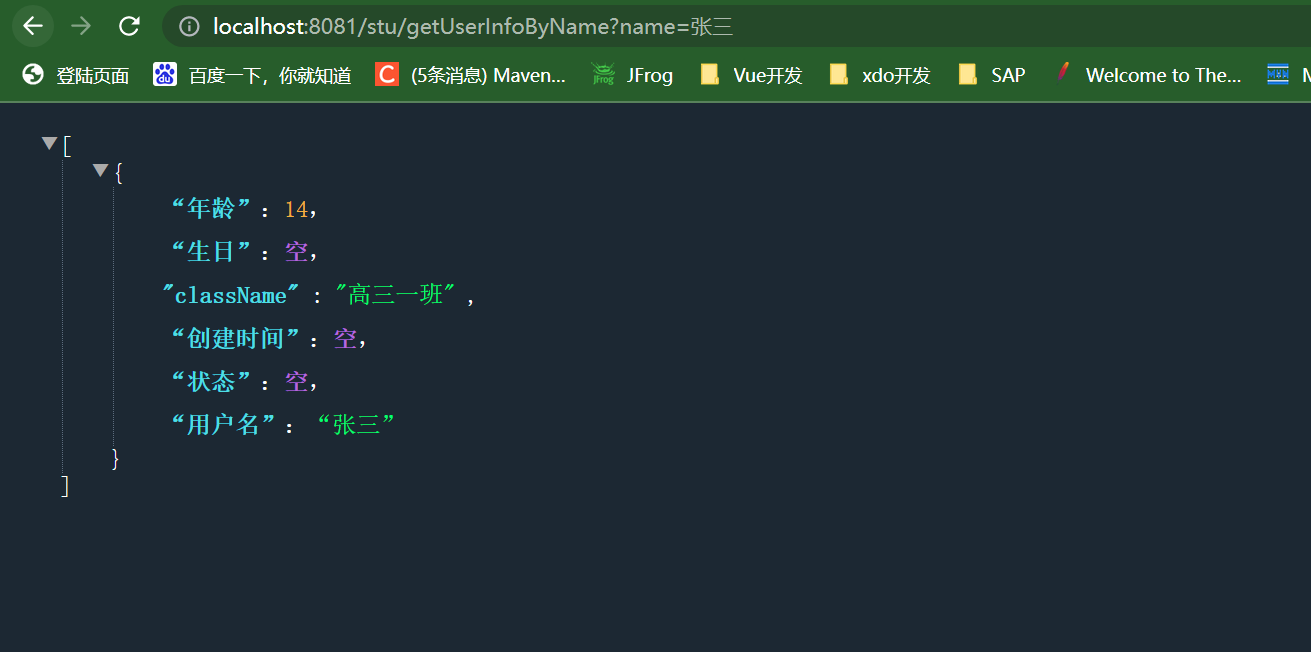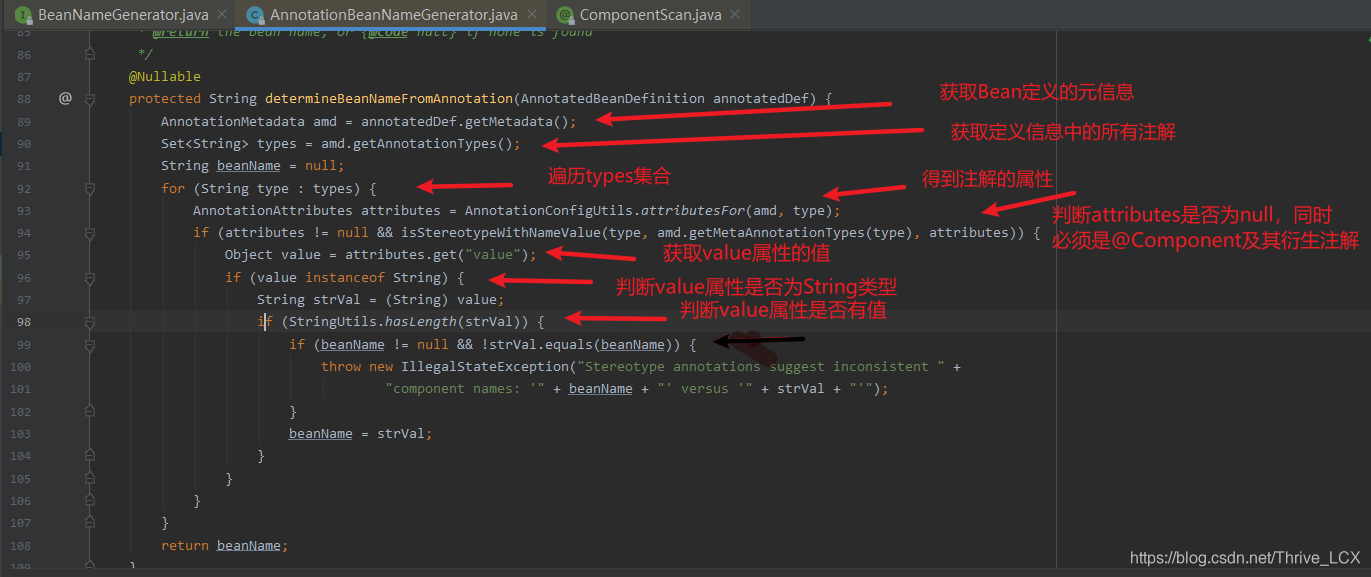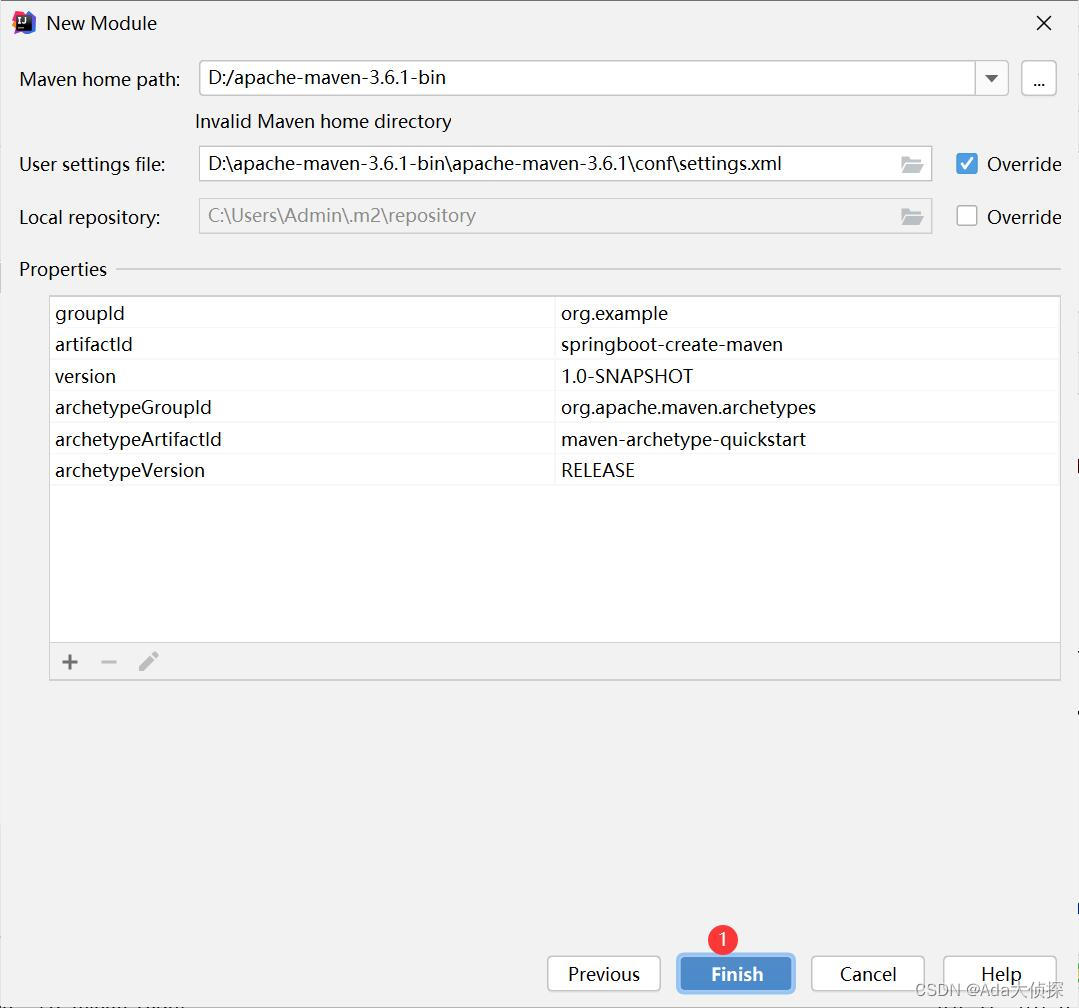
专栏介绍:YOLOv9改进系列 | 包含深度学习最新创新,主力高效涨点!!!
一、本文介绍
本文只有代码及注意力模块简介,YOLOv9中的添加教程:可以看这篇文章。
YOLOv9有效提点|加入SE、CBAM、ECA、SimAM等几十种注意力机制(一)
CloFormer:《Rethinking Local Perception in Lightweight Vision Transformer》
CloFormer是一种轻量级视觉转换器,它通过利用上下文感知的本地增强,提高了在图像分类、目标检测和语义分割等任务上的性能。CloFormer通过引入一种名为AttnConv的卷积操作,结合共享权重和上下文感知权重,有效地捕捉了高频率的本地信息。实验结果表明,CloFormer在各种视觉任务中具有显著优势。
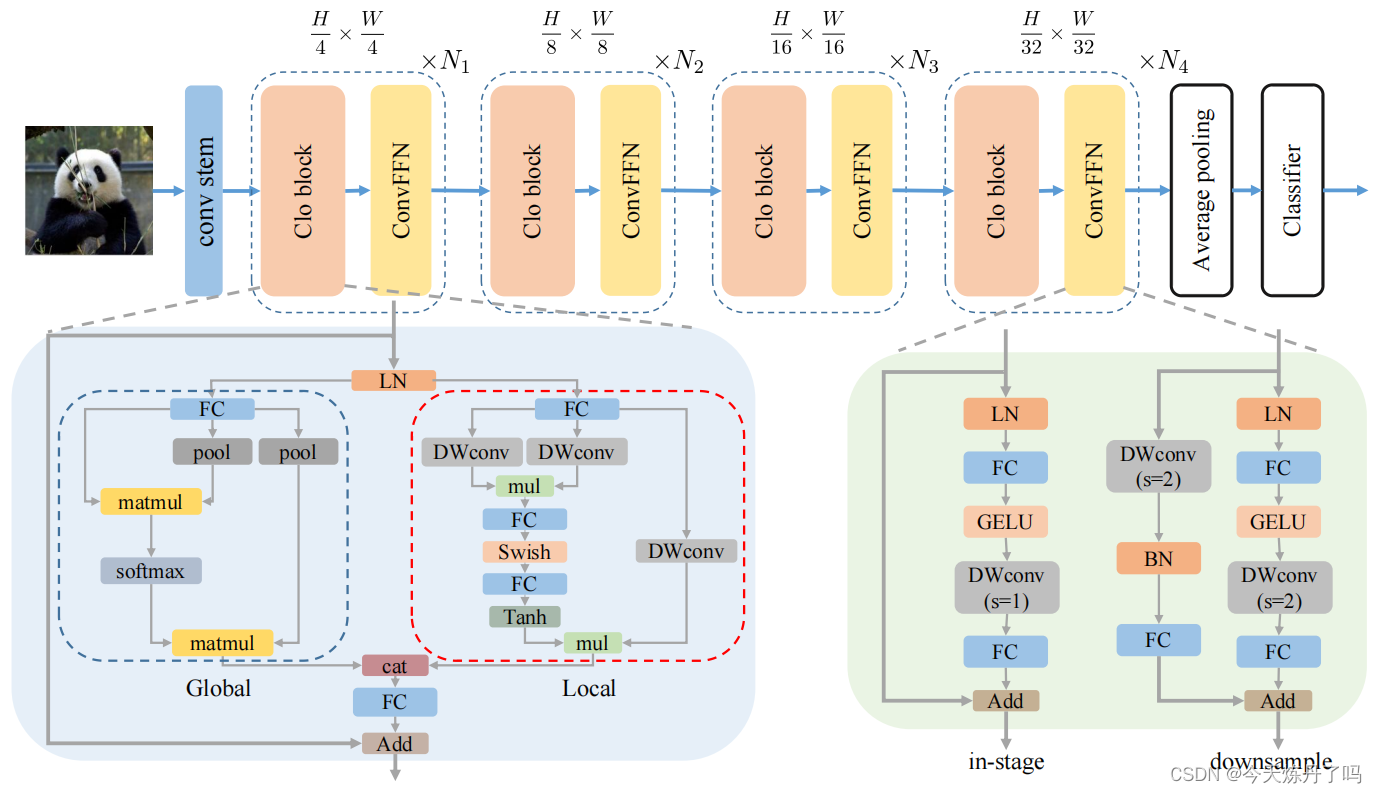
class AttnMap(nn.Module):def __init__(self, dim):super().__init__()self.act_block = nn.Sequential(nn.Conv2d(dim, dim, 1, 1, 0),MemoryEfficientSwish(),nn.Conv2d(dim, dim, 1, 1, 0)#nn.Identity())def forward(self, x):return self.act_block(x)class EfficientAttention(nn.Module):def __init__(self, dim, num_heads, group_split: List[int], kernel_sizes: List[int], window_size=7, attn_drop=0., proj_drop=0., qkv_bias=True):super().__init__()assert sum(group_split) == num_headsassert len(kernel_sizes) + 1 == len(group_split)self.dim = dimself.num_heads = num_headsself.dim_head = dim // num_headsself.scalor = self.dim_head ** -0.5self.kernel_sizes = kernel_sizesself.window_size = window_sizeself.group_split = group_splitconvs = []act_blocks = []qkvs = []#projs = []for i in range(len(kernel_sizes)):kernel_size = kernel_sizes[i]group_head = group_split[i]if group_head == 0:continueconvs.append(nn.Conv2d(3*self.dim_head*group_head, 3*self.dim_head*group_head, kernel_size,1, kernel_size//2, groups=3*self.dim_head*group_head))act_blocks.append(AttnMap(self.dim_head*group_head))qkvs.append(nn.Conv2d(dim, 3*group_head*self.dim_head, 1, 1, 0, bias=qkv_bias))#projs.append(nn.Linear(group_head*self.dim_head, group_head*self.dim_head, bias=qkv_bias))if group_split[-1] != 0:self.global_q = nn.Conv2d(dim, group_split[-1]*self.dim_head, 1, 1, 0, bias=qkv_bias)self.global_kv = nn.Conv2d(dim, group_split[-1]*self.dim_head*2, 1, 1, 0, bias=qkv_bias)#self.global_proj = nn.Linear(group_split[-1]*self.dim_head, group_split[-1]*self.dim_head, bias=qkv_bias)self.avgpool = nn.AvgPool2d(window_size, window_size) if window_size!=1 else nn.Identity()self.convs = nn.ModuleList(convs)self.act_blocks = nn.ModuleList(act_blocks)self.qkvs = nn.ModuleList(qkvs)self.proj = nn.Conv2d(dim, dim, 1, 1, 0, bias=qkv_bias)self.attn_drop = nn.Dropout(attn_drop)self.proj_drop = nn.Dropout(proj_drop)def high_fre_attntion(self, x: torch.Tensor, to_qkv: nn.Module, mixer: nn.Module, attn_block: nn.Module):'''x: (b c h w)'''b, c, h, w = x.size()qkv = to_qkv(x) #(b (3 m d) h w)qkv = mixer(qkv).reshape(b, 3, -1, h, w).transpose(0, 1).contiguous() #(3 b (m d) h w)q, k, v = qkv #(b (m d) h w)attn = attn_block(q.mul(k)).mul(self.scalor)attn = self.attn_drop(torch.tanh(attn))res = attn.mul(v) #(b (m d) h w)return resdef low_fre_attention(self, x : torch.Tensor, to_q: nn.Module, to_kv: nn.Module, avgpool: nn.Module):'''x: (b c h w)'''b, c, h, w = x.size()q = to_q(x).reshape(b, -1, self.dim_head, h*w).transpose(-1, -2).contiguous() #(b m (h w) d)kv = avgpool(x) #(b c h w)kv = to_kv(kv).view(b, 2, -1, self.dim_head, (h*w)//(self.window_size**2)).permute(1, 0, 2, 4, 3).contiguous() #(2 b m (H W) d)k, v = kv #(b m (H W) d)attn = self.scalor * q @ k.transpose(-1, -2) #(b m (h w) (H W))attn = self.attn_drop(attn.softmax(dim=-1))res = attn @ v #(b m (h w) d)res = res.transpose(2, 3).reshape(b, -1, h, w).contiguous()return resdef forward(self, x: torch.Tensor):'''x: (b c h w)'''res = []for i in range(len(self.kernel_sizes)):if self.group_split[i] == 0:continueres.append(self.high_fre_attntion(x, self.qkvs[i], self.convs[i], self.act_blocks[i]))if self.group_split[-1] != 0:res.append(self.low_fre_attention(x, self.global_q, self.global_kv, self.avgpool))return self.proj_drop(self.proj(torch.cat(res, dim=1)))
《Reversible Column Networks》
Reversible Column Networks一种新的神经网络设计范式——可逆列网络(RevCol)。RevCol主要由多个子网络(称为“列”)的副本组成,这些子网络之间使用了多级可逆连接。这种架构方案使得RevCol的行为与传统的网络非常不同:在正向传播过程中,当特征通过每个列时,它们被逐渐解开,同时保持总信息量,而不是像其他网络那样进行压缩或丢弃。
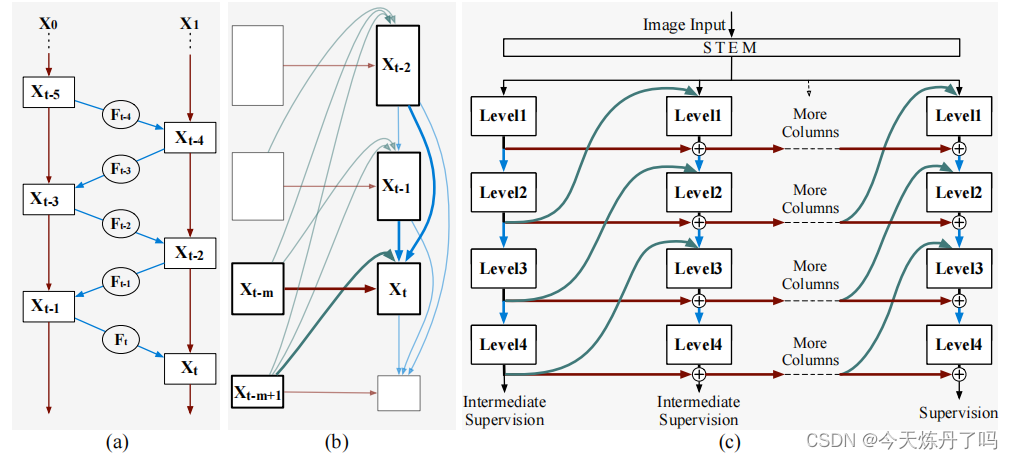
这个暂时没调试,代码地址:RevCol/models/revcol.py at main · megvii-research/RevCol (github.com)![]() https://github.com/megvii-research/RevCol/blob/main/models/revcol.py
https://github.com/megvii-research/RevCol/blob/main/models/revcol.py
《BAM: Bottleneck Attention Module》
瓶颈注意模块(BAM)关注深度神经网络中注意力机制的影响,提出了一个简单而有效的注意力模块,即瓶颈注意模块(BAM),可以与任何前馈卷积神经网络集成,沿着两个不同的路径(通道和空间)推断注意力映射。 将模块放在模型的每个瓶颈处(特征映射产生降采样),构建一个具有多个参数的分层注意,可以与任何前馈模型以端到端方式进行训练。
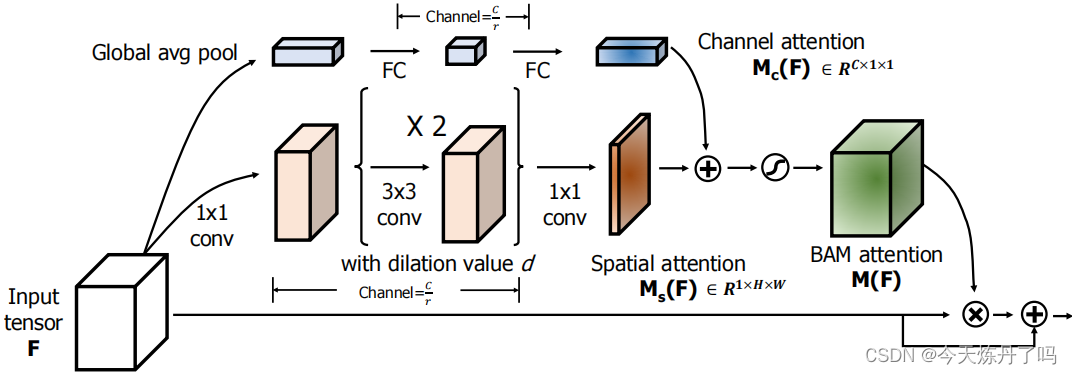
def autopad(k, p=None, d=1): # kernel, padding, dilation"""Pad to 'same' shape outputs."""if d > 1:k = d * (k - 1) + 1 if isinstance(k, int) else [d * (x - 1) + 1 for x in k] # actual kernel-sizeif p is None:p = k // 2 if isinstance(k, int) else [x // 2 for x in k] # auto-padreturn pclass Flatten(nn.Module):def forward(self, x):return x.view(x.shape[0], -1)class ChannelAttention(nn.Module):def __init__(self, channel, reduction=16, num_layers=3):super().__init__()self.avgpool = nn.AdaptiveAvgPool2d(1)gate_channels = [channel]gate_channels += [channel // reduction] * num_layersgate_channels += [channel]self.ca = nn.Sequential()self.ca.add_module('flatten', Flatten())for i in range(len(gate_channels) - 2):self.ca.add_module('fc%d' % i, nn.Linear(gate_channels[i], gate_channels[i + 1]))self.ca.add_module('bn%d' % i, nn.BatchNorm1d(gate_channels[i + 1]))self.ca.add_module('relu%d' % i, nn.ReLU())self.ca.add_module('last_fc', nn.Linear(gate_channels[-2], gate_channels[-1]))def forward(self, x):res = self.avgpool(x)res = self.ca(res)res = res.unsqueeze(-1).unsqueeze(-1).expand_as(x)return resclass SpatialAttention(nn.Module):def __init__(self, channel, reduction=16, num_layers=3, dia_val=2):super().__init__()self.sa = nn.Sequential()self.sa.add_module('conv_reduce1',nn.Conv2d(kernel_size=1, in_channels=channel, out_channels=channel // reduction))self.sa.add_module('bn_reduce1', nn.BatchNorm2d(channel // reduction))self.sa.add_module('relu_reduce1', nn.ReLU())for i in range(num_layers):self.sa.add_module('conv_%d' % i, nn.Conv2d(kernel_size=3, in_channels=channel // reduction,out_channels=channel // reduction, padding=autopad(3, None, dia_val), dilation=dia_val))self.sa.add_module('bn_%d' % i, nn.BatchNorm2d(channel // reduction))self.sa.add_module('relu_%d' % i, nn.ReLU())self.sa.add_module('last_conv', nn.Conv2d(channel // reduction, 1, kernel_size=1))def forward(self, x):res = self.sa(x)res = res.expand_as(x)return resclass BAMBlock(nn.Module):def __init__(self, channel=512, reduction=16, dia_val=2):super().__init__()self.ca = ChannelAttention(channel=channel, reduction=reduction)self.sa = SpatialAttention(channel=channel, reduction=reduction, dia_val=dia_val)self.sigmoid = nn.Sigmoid()def init_weights(self):for m in self.modules():if isinstance(m, nn.Conv2d):init.kaiming_normal_(m.weight, mode='fan_out')if m.bias is not None:init.constant_(m.bias, 0)elif isinstance(m, nn.BatchNorm2d):init.constant_(m.weight, 1)init.constant_(m.bias, 0)elif isinstance(m, nn.Linear):init.normal_(m.weight, std=0.001)if m.bias is not None:init.constant_(m.bias, 0)def forward(self, x):b, c, _, _ = x.size()sa_out = self.sa(x)ca_out = self.ca(x)weight = self.sigmoid(sa_out + ca_out)out = (1 + weight) * xreturn out《Large Selective Kernel Network for Remote Sensing Object Detection》
LSKnet是一种用于遥感目标检测的大规模选择性核网络,改论文提出了远程感应目标检测新方法LSKNet,这种网络可以动态地调整其大的空间感受野,以更好地模拟远程感应场景中不同物体的范围上下文。文章中提到,这是首次在远程感应目标检测领域探索大型和选择性核机制。

class LSKblock(nn.Module):def __init__(self, dim):super().__init__()self.conv0 = nn.Conv2d(dim, dim, 5, padding=2, groups=dim)self.conv_spatial = nn.Conv2d(dim, dim, 7, stride=1, padding=9, groups=dim, dilation=3)self.conv1 = nn.Conv2d(dim, dim//2, 1)self.conv2 = nn.Conv2d(dim, dim//2, 1)self.conv_squeeze = nn.Conv2d(2, 2, 7, padding=3)self.conv = nn.Conv2d(dim//2, dim, 1)def forward(self, x): attn1 = self.conv0(x)attn2 = self.conv_spatial(attn1)attn1 = self.conv1(attn1)attn2 = self.conv2(attn2)attn = torch.cat([attn1, attn2], dim=1)avg_attn = torch.mean(attn, dim=1, keepdim=True)max_attn, _ = torch.max(attn, dim=1, keepdim=True)agg = torch.cat([avg_attn, max_attn], dim=1)sig = self.conv_squeeze(agg).sigmoid()attn = attn1 * sig[:,0,:,:].unsqueeze(1) + attn2 * sig[:,1,:,:].unsqueeze(1)attn = self.conv(attn)return x * attn


